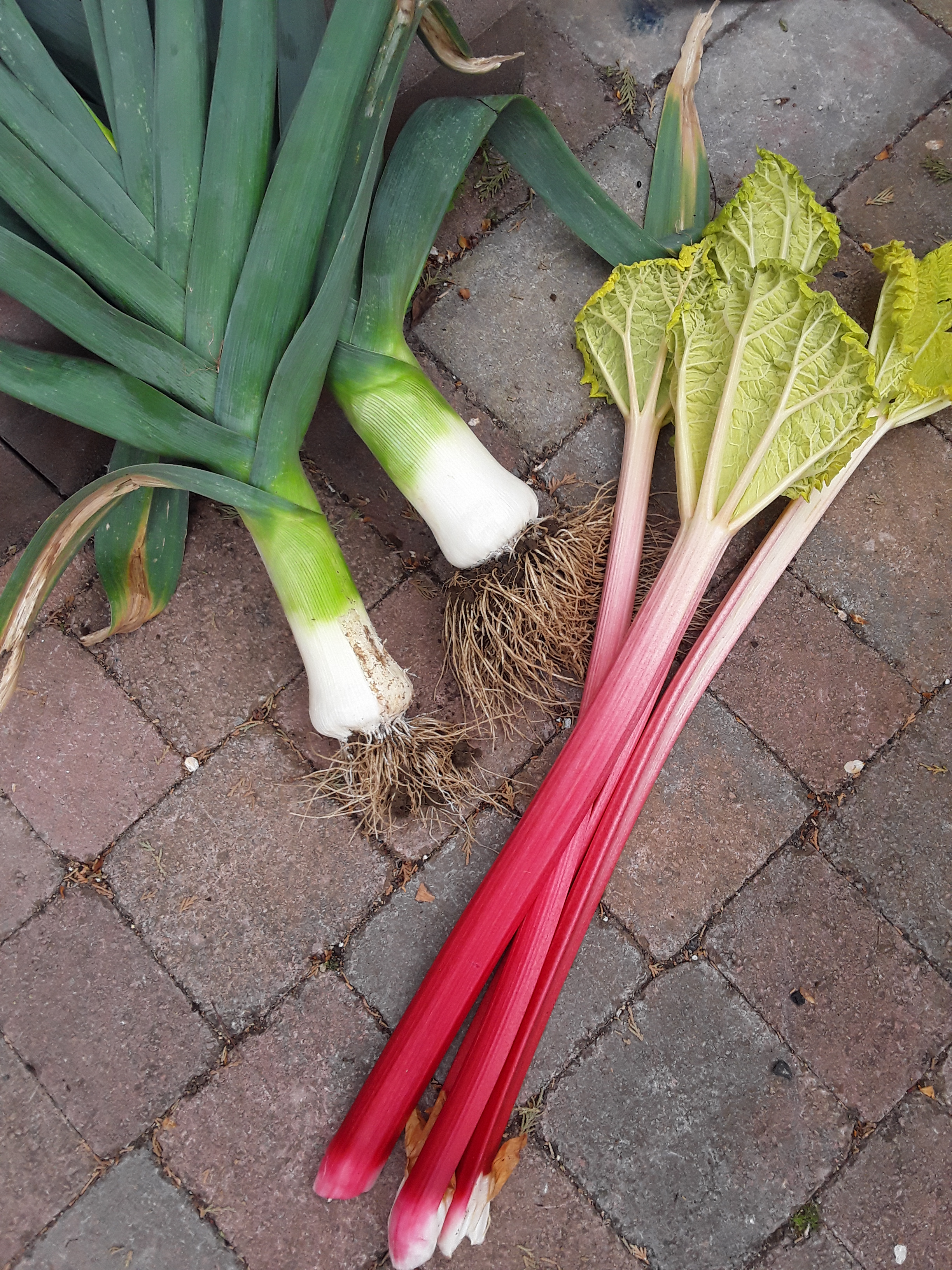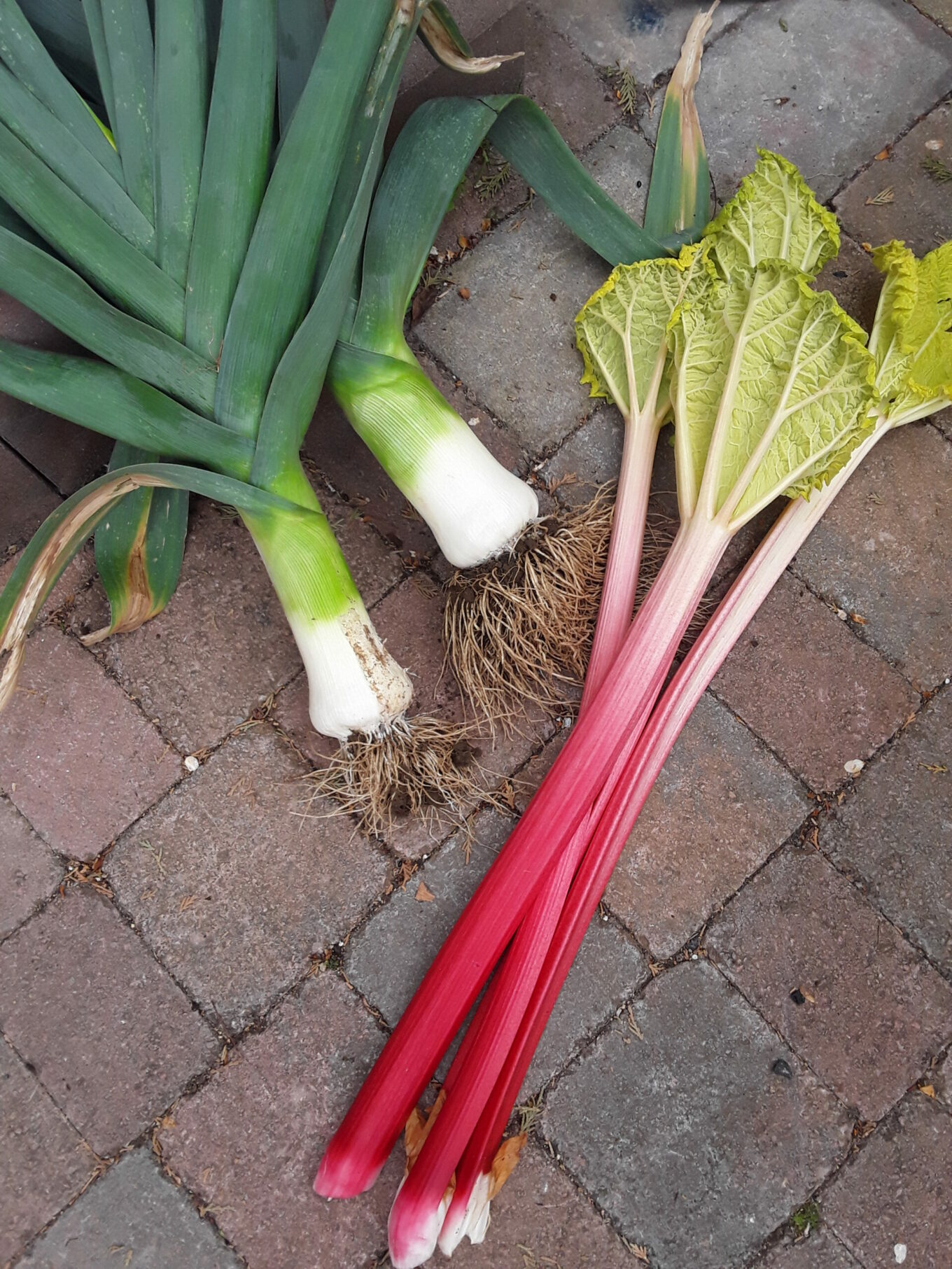
It’s a busy time of year on the allotment for gardeners and in terms of organising the growing beds, it’s juggling the space between older crops such as leeks, purple-sprouting broccoli, swiss chard and over wintered brassicas and spinach with the new plants which need to go into the ground now – summer cabbages, beetroot, peas, broad beans, early leeks, potatoes, shallots and onions. We try not to leave ground uncovered for long so as soon at the winter brassicas come out, the bed will get a thick layer of compost and then be quickly planted up with the next crop. In the greenhouse, the over-winter salad greens are coming out to make way for tomato plants and, in due course, cucumbers and peppers. It’s always a risky calculation at this time of year to know when to plant in an un-heated greenhouse – but it looks like my early tomato plants are going to make it this year – unlike last when I lost the lot due to a late frost. In the fruit area, the flowers on the top fruit have been superb this year with an unbroken run of sunny days throughout the pear and apple blossom period. Nipping out the occasional fruiting spur showing signs of powdery mildew has been the only job needed during flowering. A couple of pot grown blackcurrant bushes have gone into the ground this week filling up a space in the bush fruit area; a little late maybe but better late than sitting in pots over the summer. One of the greatest delights at this time of year is the forced rhubarb – created by throwing an inverted dustbin over the rhubarb crowns in February forcing them to grow in the absence of light; making them tender, sweet and redder than those grown in daylight. This week’s photo shows late harvested leeks – variety ‘Blue Solaise’ and forced rhubarb ‘Victoria’ – the old and the new.
